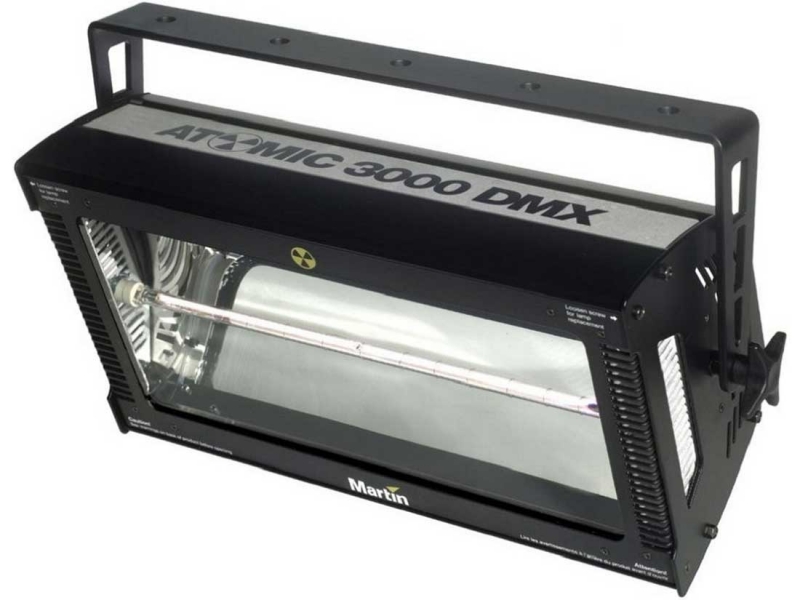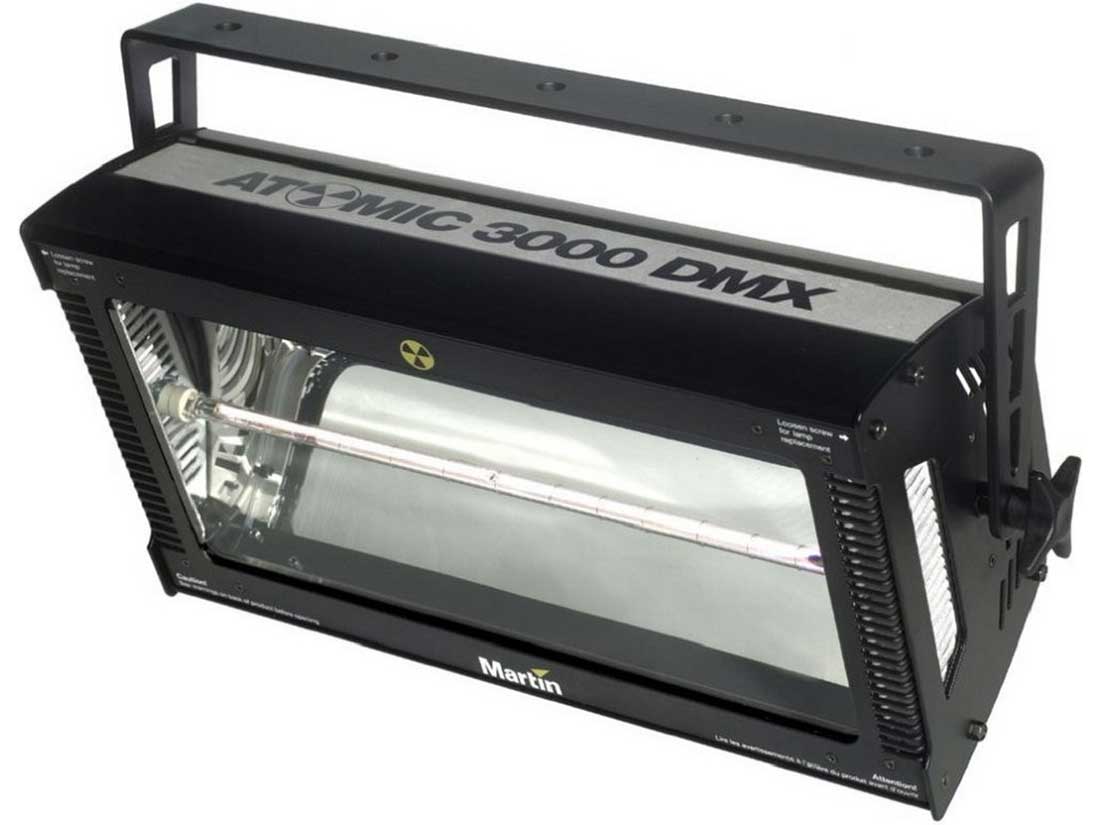DMX 512 lights
08 December 2023

|
Introduction to DMX 512 lights DMX 512 lights have revolutionized the world of lighting design, allowing for the creation of mesmerizing lighting effects that can transform any space into a visual masterpiece. But what exactly is DMX 512 and how does it work? DMX 512 stands for Digital Multiplex 512, which refers to the standard protocol used for controlling lighting fixtures and other devices in the entertainment industry. It allows for precise control over each individual light, enabling lighting designers to create intricate and dynamic lighting displays. What is DMX 512 and how does it work? At its core, DMX 512 is a digital communication protocol that allows for the transmission of control signals from a lighting console or controller to lighting fixtures. It operates over a standard 5-pin XLR cable, with each fixture being assigned a unique address for communication. DMX 512 works by sending a series of digital signals, known as channels, to the fixtures. Each channel corresponds to a specific attribute of the light, such as intensity, color, or movement. By manipulating these channels, lighting designers can create a wide range of effects, from simple static colors to complex moving patterns. Benefits of using DMX 512 lights There are several benefits to using DMX 512 lights in your lighting design projects. Firstly, DMX 512 provides precise control over each individual light, allowing for fine-tuned adjustments and seamless transitions between different lighting states. This level of control is essential for creating captivating lighting effects that enhance the overall atmosphere of an event or performance. Another major advantage of DMX 512 lights is their versatility. They can be used in a wide range of applications, from small-scale events to large-scale productions. Whether you're lighting up a stage for a concert, setting the mood in a nightclub, or creating a dynamic visual display for a corporate event, DMX 512 lights can deliver stunning results. Furthermore, DMX 512 lights are highly scalable. You can connect multiple fixtures together using a daisy-chain configuration, allowing for the synchronization of lighting effects across multiple fixtures. This makes it easy to create a cohesive and immersive lighting experience that engages and captivates the audience. Common applications of DMX 512 lights DMX 512 lights find applications in various industries and settings. One common use is in the entertainment industry, where they are employed for stage lighting in concerts, theater productions, and live events. DMX 512 lights allow lighting designers to create dynamic and visually stunning effects that enhance the performance and engage the audience. Another application of DMX 512 lights is in architectural lighting. They can be used to illuminate buildings, bridges, and other structures, adding a touch of elegance and transforming the appearance of the surroundings. DMX 512 lights can also be used for decorative lighting in hotels, restaurants, and retail spaces, creating a visually appealing ambiance that complements the overall design. DMX 512 lights are also commonly utilized in the world of film and television production. They provide flexibility and control over lighting setups, allowing cinematographers to achieve the desired mood and atmosphere for each scene. DMX 512 lights can be programmed to match the changing lighting conditions of a scene, ensuring consistent and seamless lighting transitions. |
 |
|
Understanding DMX 512 lighting fixtures To fully unleash the power of DMX 512 lights, it's essential to have a good understanding of the different types of lighting fixtures available. There are various types of fixtures that can be controlled using DMX 512, each with its own unique capabilities and characteristics. One common type of DMX 512 lighting fixture is the moving head light. As the name suggests, these fixtures have a motorized head that can pan, tilt, and rotate, allowing for dynamic movement and positioning of the light beam. Moving head lights are often used in stage productions and concerts to create captivating lighting effects that follow the performers' movements. Another type of DMX 512 fixture is the LED par light. These fixtures consist of multiple LED lamps arranged in a parabolic reflector, providing a wide beam of light. LED par lights are versatile and energy-efficient, making them popular for architectural lighting and decorative purposes. Spotlights and wash lights are also commonly used DMX 512 fixtures. Spotlights produce a narrow, focused beam of light, whereas wash lights produce a broad, diffused beam. Both types of fixtures can be used to create different lighting effects and can be controlled individually or in groups using DMX 512. Programming DMX 512 lights for mesmerizing effects Once you have a good understanding of DMX 512 lights and the various fixtures available, it's time to dive into the world of programming. Programming DMX 512 lights involves creating sequences of lighting cues that control the various attributes of the fixtures, such as intensity, color, and movement. The first step in programming DMX 512 lights is to set up your lighting console or controller. This is the device that you will use to send control signals to the fixtures. Most lighting consoles have a user-friendly interface that allows you to create and edit lighting cues, as well as assign DMX addresses to the fixtures. To create mesmerizing lighting effects, it's important to experiment with different programming techniques. One popular technique is to use color mixing to create dynamic color transitions. By gradually changing the intensity and combination of red, green, and blue channels, you can create smooth color fades that add depth and dimension to your lighting design. Another technique is to utilize movement effects, such as pan and tilt, to create dynamic and engaging lighting displays. By programming the fixtures to move in sync with the music or performance, you can create visually captivating effects that enhance the overall experience. Tips for creating stunning lighting effects with DMX 512 Creating stunning lighting effects with DMX 512 requires creativity, technical knowledge, and attention to detail. Here are some tips to help you get started: Plan your lighting design in advance: Before you start programming, it's important to have a clear vision of the desired lighting effects. Sketch out your design and consider factors such as color schemes, movement patterns, and overall mood. Experiment with different fixture combinations: Don't be afraid to mix and match different types of fixtures to create unique lighting effects. Combining spotlights, wash lights, and moving head lights can add depth and complexity to your design. Use layers and textures: Instead of relying solely on static colors, try incorporating layers and textures into your lighting design. This can be achieved by using gobos, which are patterns or shapes that you can project onto a surface, or by using diffusers to create soft, diffused lighting effects. Practice timing and synchronization: Timing is crucial when programming DMX 512 lights. Make sure to sync your lighting cues with the music or performance to create a cohesive and immersive experience for the audience. Get inspired by others: Don't be afraid to draw inspiration from other lighting designers and productions. Attend live events, watch concerts, and explore online resources for ideas and inspiration. |
 |
|
Troubleshooting common issues with DMX 512 lights While DMX 512 lights offer tremendous creative possibilities, they can also present some challenges. Here are some common issues you may encounter when working with DMX 512 lights and how to troubleshoot them: Fixture not responding: If a fixture is not responding to your programming, check the DMX address and ensure it matches the address you assigned in your lighting console. Also, make sure the fixture is powered on and connected properly. Flickering lights: Flickering lights can be caused by a variety of factors, such as loose connections or electrical interference. Check all cables and connections to ensure they are secure and free from damage. If the issue persists, try using a different DMX cable or adjusting the termination settings on your lighting console. Inconsistent color or intensity: If you notice inconsistencies in color or intensity across your fixtures, it may be due to variations in the fixtures themselves. Some fixtures may have slight differences in color output or intensity levels. To address this, you can manually adjust the settings on each fixture or use color correction filters to achieve a consistent look. Lag or latency: Lag or latency can occur when there is a delay between sending a command from your lighting console and the fixture responding. This can be caused by factors such as a slow processor in the lighting console or a high number of fixtures in the DMX chain. To minimize lag, make sure your lighting console has a sufficient processing power and consider using a DMX splitter to distribute the signal to multiple fixtures. Conclusion and final thoughts on unleashing the power of DMX 512 lights DMX 512 lights have revolutionized the world of lighting design, offering unparalleled control and creativity. By understanding how DMX 512 works, exploring the different types of fixtures available, and mastering the art of programming, you can unleash the full power of DMX 512 lights and create mesmerizing lighting effects that captivate and engage the audience. Remember to plan your lighting design in advance, experiment with different fixture combinations, and utilize techniques such as color mixing and movement effects. Troubleshoot common issues, and don't be afraid to draw inspiration from other lighting designers and productions. With the right knowledge, practice, and creativity, you can truly unleash the power of DMX 512 lights and transform any space into a visual masterpiece. |
 |
